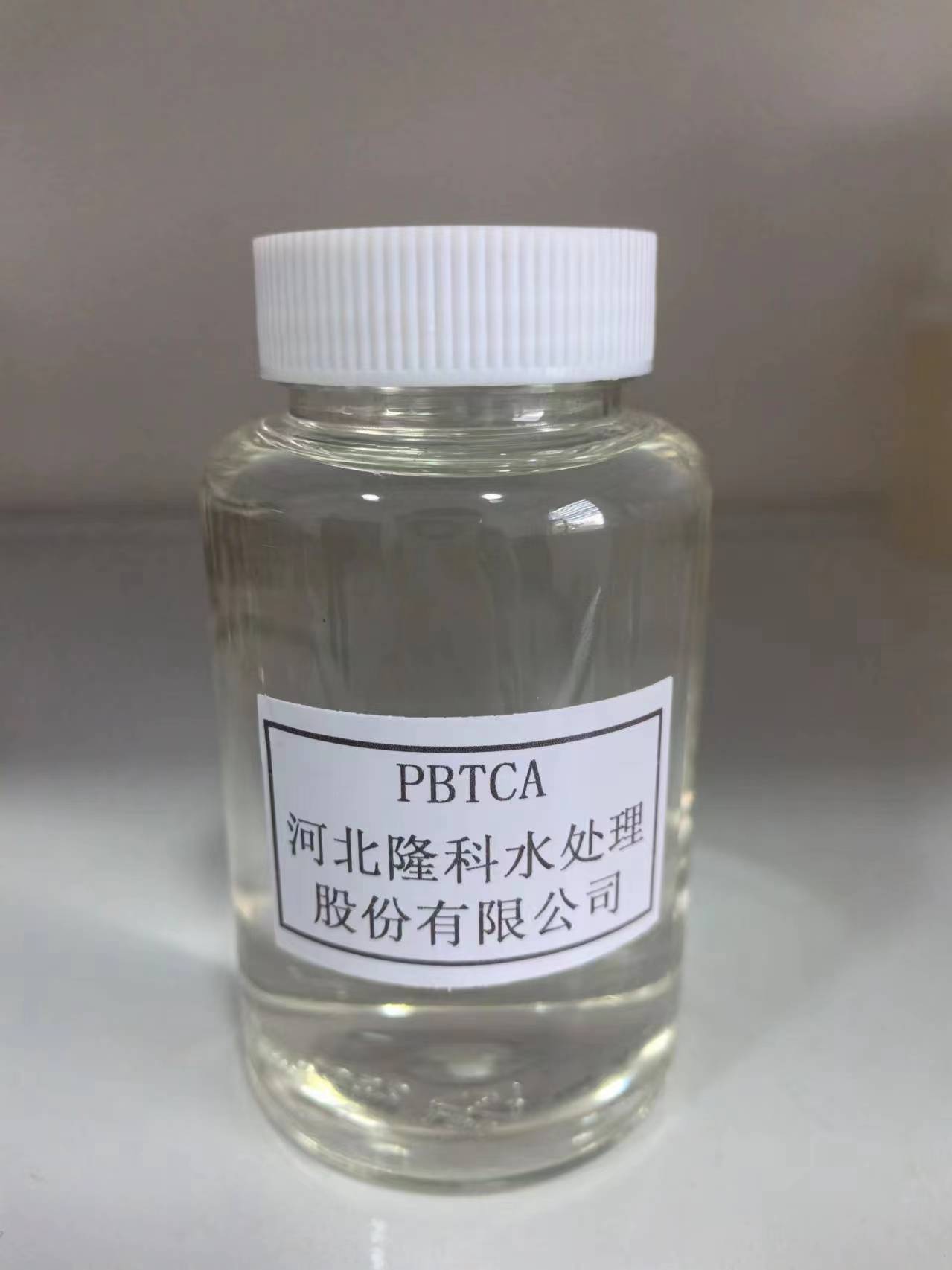Polyaluminium Chloride Applications and Benefits in Water Treatment Processes
Polyaluminium Chloride in Water Treatment An Effective Solution
Water treatment has become a crucial topic in our rapidly industrializing world, where the availability of clean water is becoming increasingly scarce. One of the effective agents used in water treatment processes is Polyaluminium Chloride (PAC). This compound has garnered attention for its efficiency in removing impurities from water, making it a valuable tool in ensuring safe and clean water supply.
Polyaluminium Chloride is a coagulant that consists of aluminum salts. Its chemical structure allows it to act effectively in various water treatment applications, including drinking water purification, wastewater management, and industrial effluent treatment. The key to its effectiveness lies in its ability to destabilize colloidal particles in water, allowing them to clump together and settle at the bottom, a process known as coagulation and flocculation.
One of the primary advantages of using PAC in water treatment is its high coagulant efficiency. When compared to traditional aluminum sulfate, PAC requires less dosage to achieve the same level of impurity removal, thus proving to be a cost-effective solution. The efficient coagulation properties of PAC not only result in clearer water but also improve the overall quality and safety by reducing harmful microorganisms and toxic substances present in the water.
Moreover, the use of PAC helps in the removal of color, odor, and taste from water, significantly improving its aesthetic quality. This is particularly important in drinking water supply systems, where public acceptance highly depends on the appearance and odor of the water. PAC can effectively remove organic materials and suspended solids, which are often responsible for undesirable characteristics.
polyaluminium chloride water treatment

Another significant benefit of PAC is its versatility. It can be used in a variety of water sources, including surface water, groundwater, and even sea water. This makes it an ideal choice for municipalities and industries facing diverse water quality challenges. Whether dealing with industrial effluents or agricultural runoff, PAC can be adjusted in concentration and dosage to achieve optimal results.
PAC is also known for its rapid settling properties, which means that after the coagulation process, the flocs formed can settle quickly, leading to reduced sedimentation time in treatment plants
. This is especially advantageous in large-scale water treatment facilities, allowing for higher throughput and more efficient operations.Environmental considerations are also a vital aspect of water treatment. PAC has a low impact on the environment compared to other coagulants, as it produces less sludge and generates fewer residues. This makes it easier to handle and dispose of, aligning with the increasing emphasis on sustainable practices in water management.
However, like any chemical treatment, the application of PAC must be carefully managed to avoid potential risks. The dosage needs to be optimized to prevent excess aluminum exposure, which could pose health risks. Therefore, continuous monitoring of water quality and chemical dosage is essential in water treatment processes using PAC.
In conclusion, Polyaluminium Chloride is a powerful and efficient coagulant widely used in water treatment practices across the globe. Its ability to improve water clarity, quality, and safety makes it an indispensable tool in the fight for access to clean water. With proper management and application, PAC stands as a sustainable solution, addressing not only immediate water treatment challenges but also contributing to broader environmental goals. As we face escalating water scarcity worldwide, innovations in water treatment, including the use of PAC, will be crucial in safeguarding our most vital resource.
-
2 Phosphonobutane 1,2,4 Tricarboxylic Acid (PBTCA): Superior Scale & Corrosion InhibitorNewsAug.31,2025
-
Dodecyldimethylbenzylammonium Chloride: High-Purity DisinfectantNewsAug.30,2025
-
2-Phosphonobutane-1,2,4-Tricarboxylic Acid: Scale & CorrosionNewsAug.29,2025
-
Premium Isothiazolinones | Broad-Spectrum Biocidal SolutionsNewsAug.28,2025
-
LK-319 Special Scale And Corrosion Inhibitor For Steel Plants: Advanced Solutions for Industrial Water SystemsNewsAug.22,2025
-
Flocculant Water Treatment: Essential Chemical Solutions for Purification ProcessesNewsAug.22,2025





